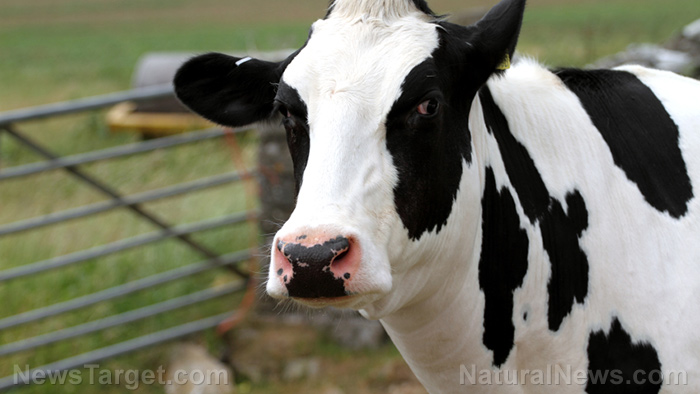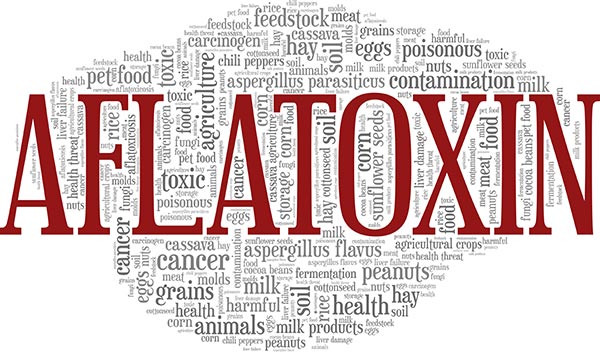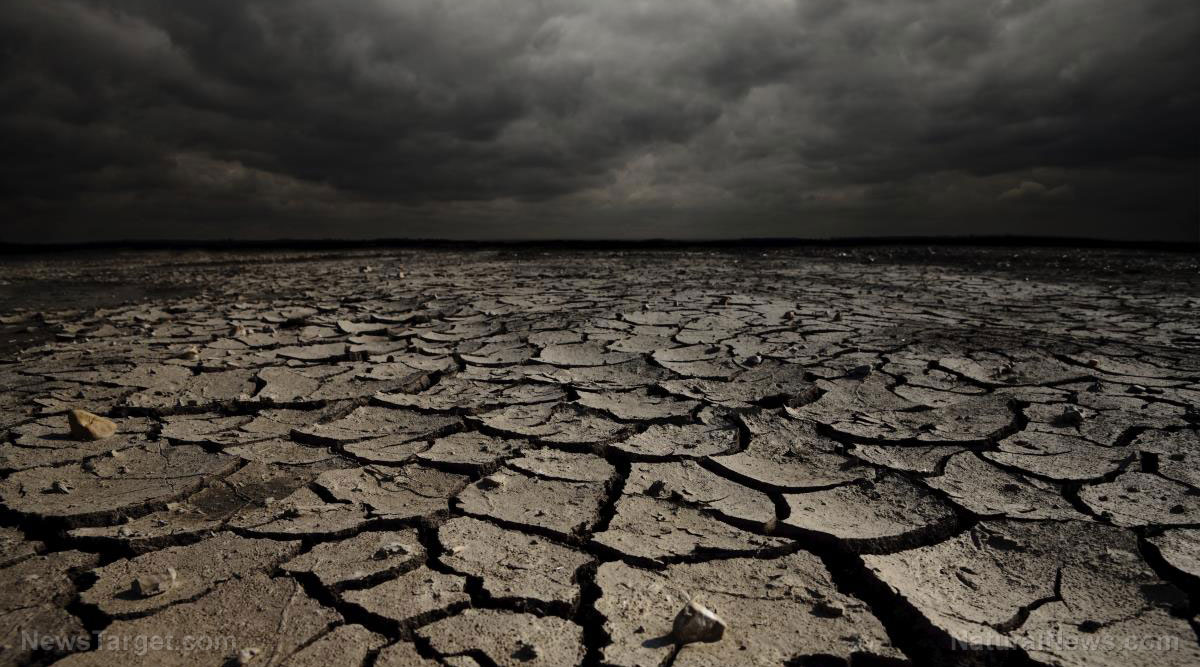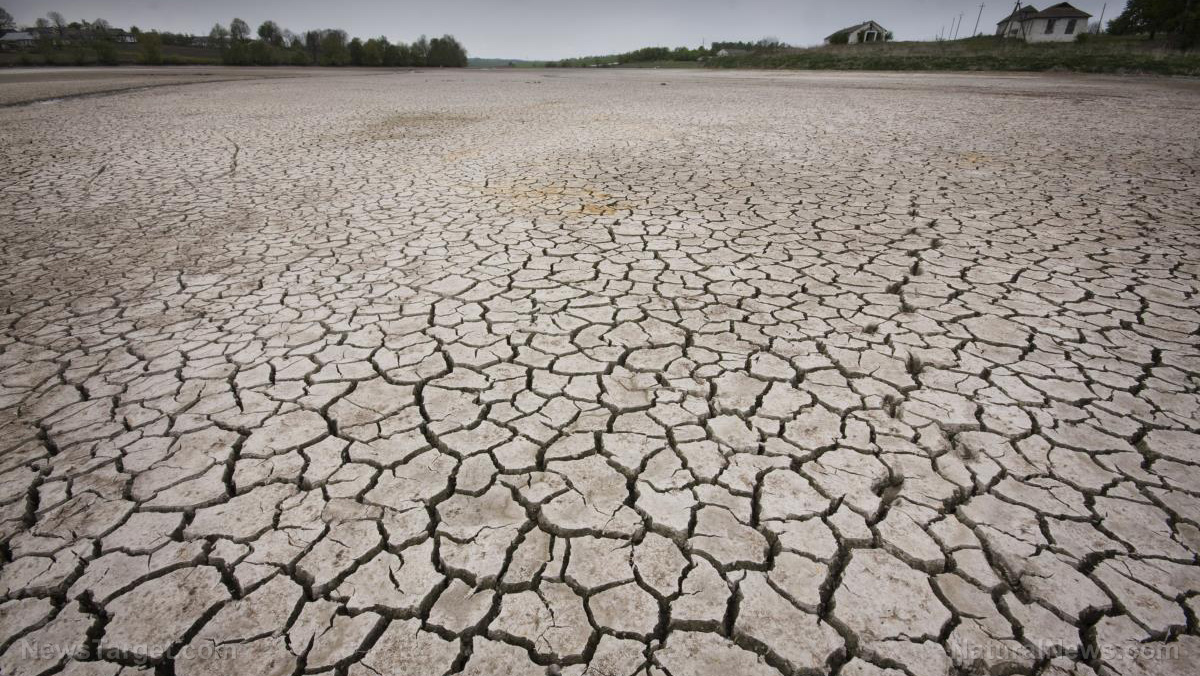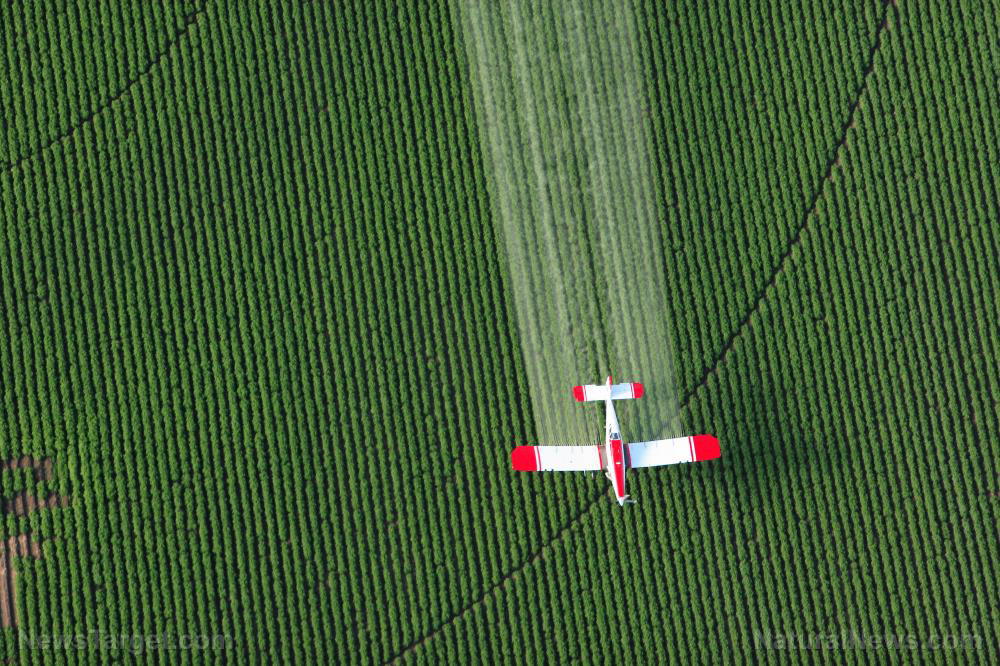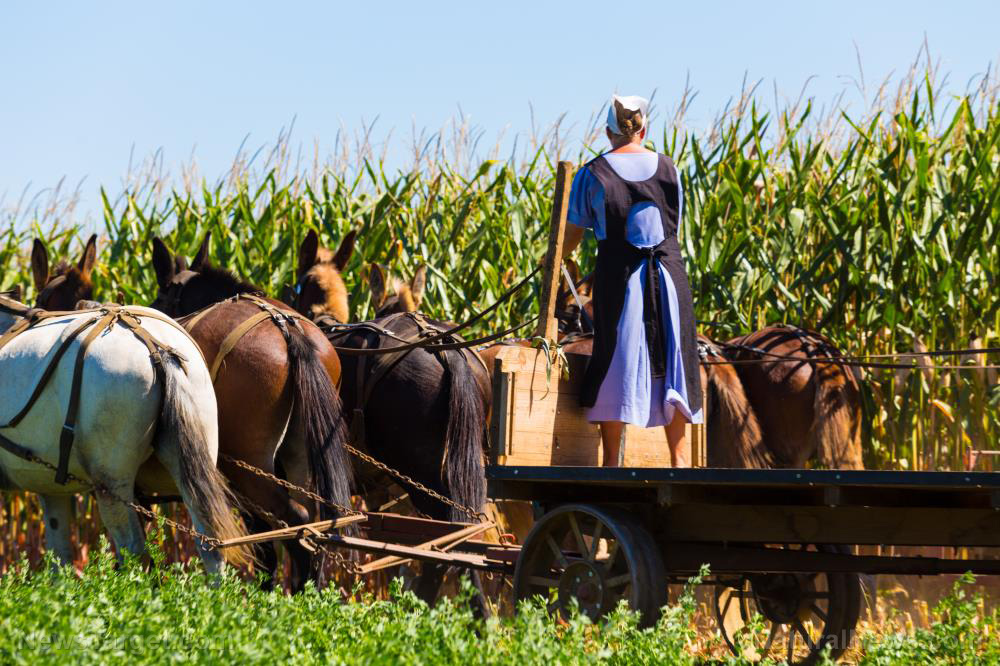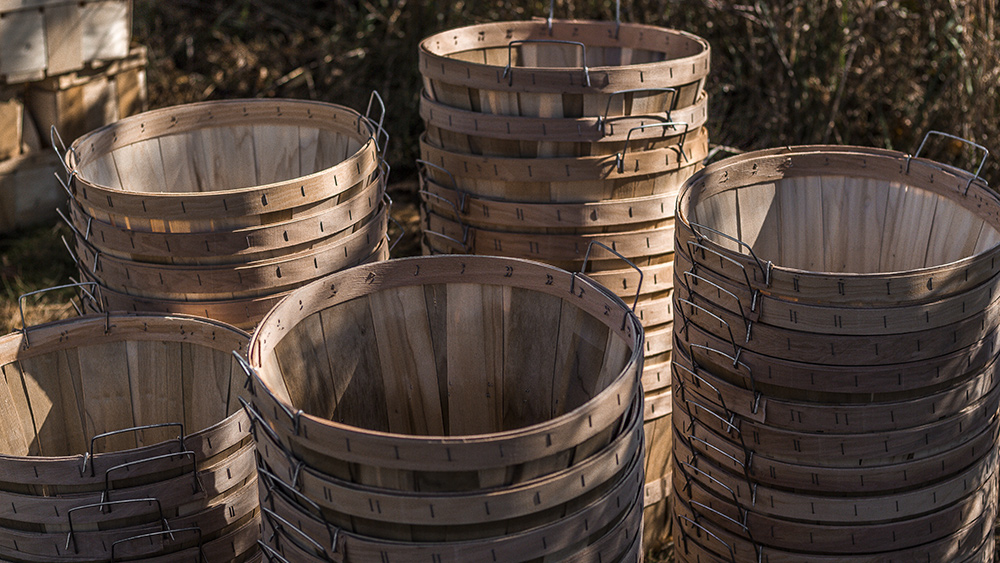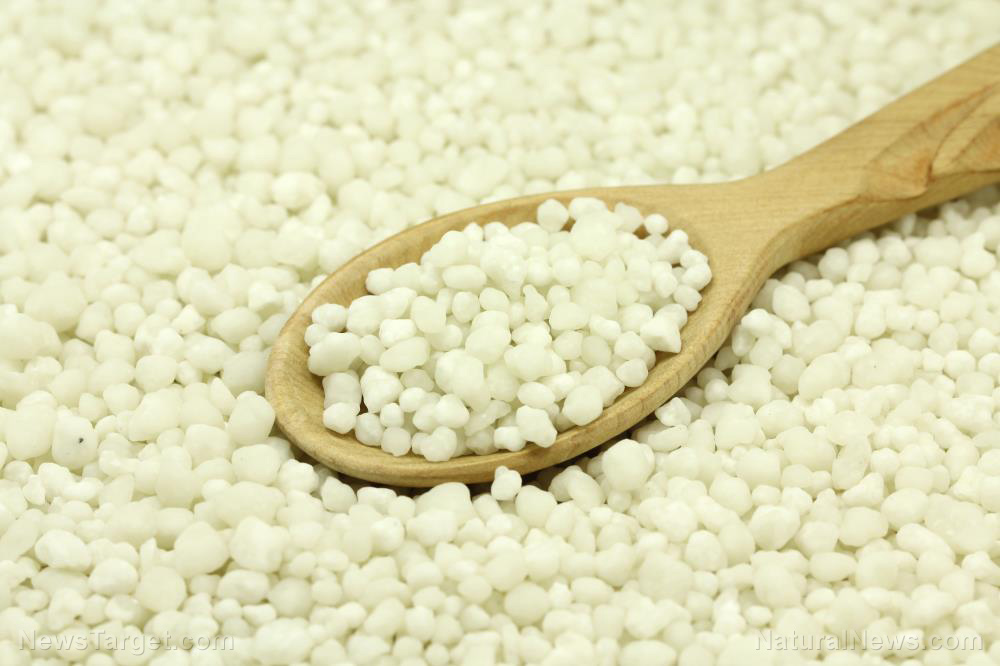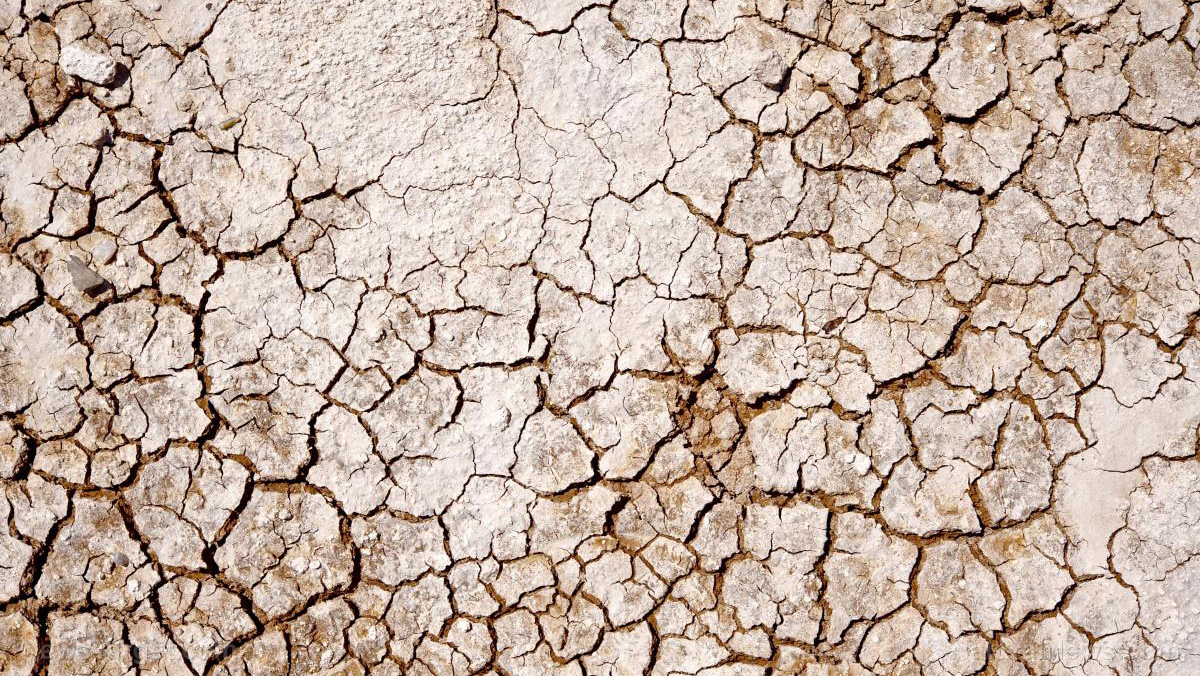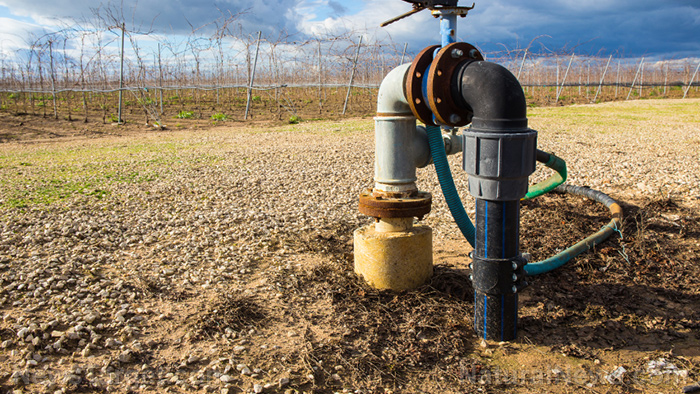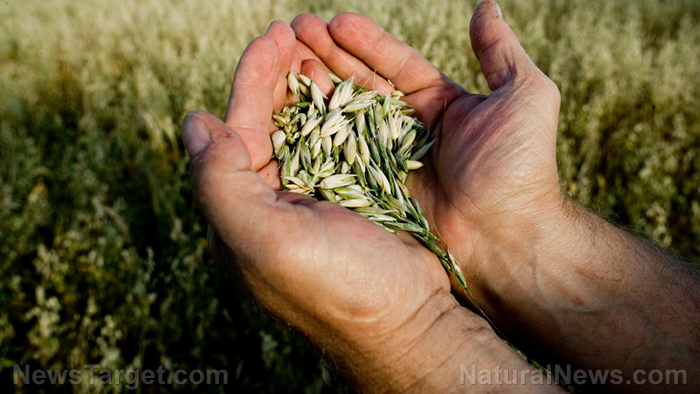Are diversified farms the key to sustainable agriculture?
09/19/2020 / By Leslie Locklear
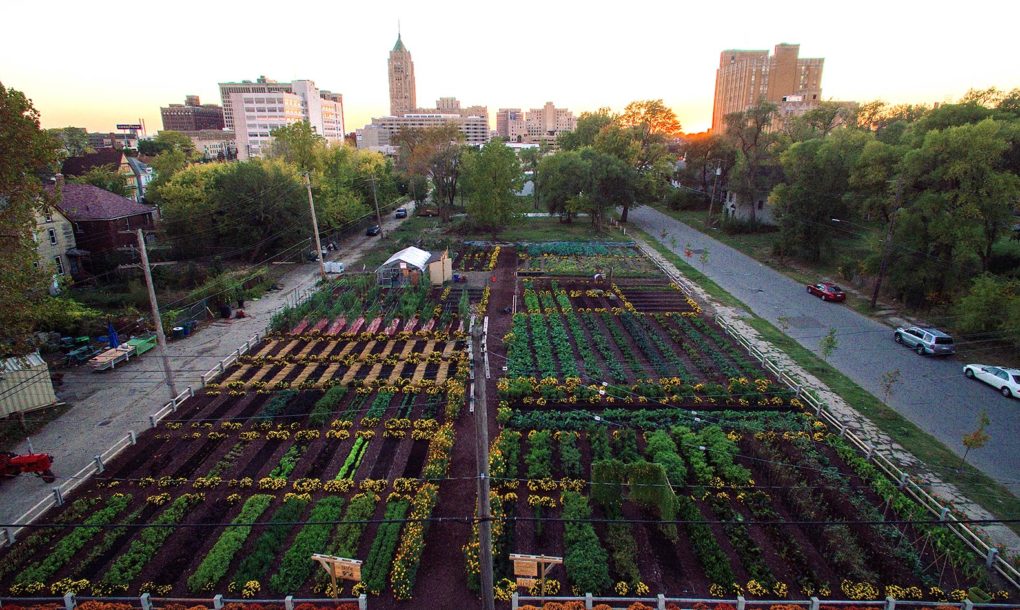
Having crops and animals on the same farm can lead to higher yields and other benefits. According to a new op-ed, this is because diversified and integrated farms can effectively take advantage of the synergy between crops and livestock, unlike monoculture operations.
According to the authors, who’re members of the American Society of Agronomy and Crop Science Society of America, diversified and integrated farming can help create stability in a farm’s production system, as well as improve its agricultural sustainability.
What are diversified farms?
Diversified or integrated crop-livestock farms, also known as “polyface” or mixed crop-livestock farming, are farms that are sectioned off, with each section specializing in different crops and livestock.
In this type of farming system animals are reared in a barn or pasture, and their droppings used to form the base for compost, which is then used to fertilize the soil for the crops.
These types of farms, the authors said, were relatively common back in the day, as farmers and homesteaders often grew and kept a variety of crops and animals on their farms as they only supplied consumers within a limited area.
The practice largely became forgotten, however, with the advent of large farming equipment and commercial fertilizers following World War II. Since then, most farms shifted to monoculture operations to address the exponential increase in demand.
As noted by the researchers, while monoculture farming has positive effects such as allowing farmers to maximize their profits at minimal cost, it also has its fair share of drawbacks, most of which are social and environmental in nature, such as water pollution.
It is because of this, that integrated and diversified farming is starting to creep back into the public eye.
“Interest in re-integrating farms to take advantage of the synergies between crops and livestock has increased in the past few decades,” said Alan Franzluebbers, a researcher from the Department of Agriculture.
According to Franzluebbers, this interest stems mainly from the benefits associated with integrated and diversified farming methods, which, he says, can translate to desirable outcomes for both the farmer and the environment.
“Farmers can match the energy and nutrient flows of different enterprises to meet the desired outcomes,” he added.
What are the benefits of integrated and diversified farms?
According to agricultural experts, the main benefit posed by integrated and diversified farming systems is agricultural sustainability.
As noted by Tanja Folnovic, an agronomy expert at AgriVi, this is due to the fact that the system behind integrated and diversified farms ensures that none of the byproducts from each sector gets wasted.
This not only reduces operating costs but also, improves production and income.
“Since it utilizes waste as a resource, farmers not only eliminate waste but they also ensure an overall increase in productivity for the whole farming system,” Folnovic stated.
Other benefits a farmer can glean from adopting integrated and diversified farming systems are the following:
Using nutrient-rich animal manures can significantly reduce dependence on chemical fertilizers
As mentioned earlier, integrated and diversified farms operate on the principle of recycling organic byproducts such as animal waste and using it to feed the crops. According to experts, this practice effectively utilizes excess nutrients that would otherwise be thrown away, and as a result, substantially reduce the need for synthetic chemical fertilizers.
Using cover crops and forage grasses can help improve soil health and prevent erosion
Cover crops are plants that are grown primarily for the benefit of the soil rather than their crop yields, such as legumes and cover or forage grasses.
These plants, according to experts, are commonly used to suppress the growth of weeds, control diseases and pests, while also helping promote biodiversity, making them valuable for farmers.
Legumes, for instance, can help build and improve soil quality due to their ability to fix nitrogen — an element essential to healthy plant growth — to the soil.
Forage grasses, meanwhile, often have extensive and tightly-woven fibrous root systems. These roots firmly hold soil particles together, thereby preventing erosion and its associated problems such as flooding.
Cover crops also contribute to overall soil fertility and health by catching nutrients such as carbon before they can leach out of the soil and then converting them to more available forms which can then be used by other plants.
This is of utmost importance, especially since soil degradation is one issue that has global ramifications.
In fact, officials from the United Nations have warned that if soil degradation continues unabated, the world’s topsoil could be completely gone within just 60 years.
In addition, cover crops, when integrated into existing grasslands, can provide additional food for livestock such as cattle and goats. This then translates into savings for the farmer.
Integrated farming systems can help effectively manage the world’s water supply
According to a study conducted by an international research team and published in the journal Environmental Research Letters, integrated and diversified farming — albeit when done correctly — are not only able to increase production yields but also have the potential to help halve the current global water gap in agriculture.
What are some examples of integrated or diversified farms?
Integrated and diversified farms come in many forms, some of which are listed below:
Crop Rotation – This refers to the practice of planting different crops at the same plot during alternating seasons. An example of this is flax, which is planted by many farmers as an alternative to corn and wheat during the cooler seasons. By doing this, the nutrients within the soil are not depleted, and the farm remains productive even when the main crop is not in season.
Polyculture Farming – Also known as intercropping, this refers to the form of agriculture in which more than one species is grown at the same time and place in imitation of the diversity of natural ecosystems. Commonly utilized by smaller-scale farms, this practice, according to experts, efficiently utilizes land, water, and fertilizer, which then results in increased productivity and profitability.
Integrated Fish Farming – This refers to the introduction of aquatic species into farms via ponds and other bodies of water. In this system, the wastewater from the livestock, which contains nutrients, are fed to the crops, thus lessening the farm’s dependence on synthetic fertilizers. This can also refer to the introduction of ducks and other waterfowl in rice paddies. In this example, the ducks’ continuous paddling helps aerate the paddies, thus ensuring the crops’ optimal growth.
This is also highly profitable, with a study conducted in Malawi noting that blending fish farming with agriculture led to rural farmers experiencing a six-fold increase in their total income.
Agroforestry – Agroforestry, according to experts, refers to the practice of planting crops alongside trees. As noted in several studies, this practice results in the main crop gaining increased protection against extreme variations in temperature and precipitation, thus ensuring its survival as well as increased productivity and profitability.
Mixed Crop-Livestock System – The most advanced type of diversified farm, this involves the mixing of crops and livestock, resulting in a very dynamic environment akin to what one might see in the wild. According to experts, mixed crop-livestock systems can improve nutrient cycling, thereby reducing chemical inputs and generating additional income for the farmers.
How does one get started with integrated and diversified farming?
If you are interested in starting your own integrated or diversified farm, or if you already have a monoculture farm and are currently planning to diversify, here are some steps you can take:
- Try and talk to farmers who have already adopted diversified organic systems and ask them about their experiences. You can also ask them for advice and other input.
- Start reducing the use of chemical fertilizers and pesticides in your farm and replace them with organic compost. You can also start planting cover crops such as clover and other legumes in order to enhance your soil’s fertility as well as break current pest cycles.
- If you can, try planting hedgerows, trees, and native wildflowers in your farm. In addition, if you have any extra space, try to designate a portion of uncultivated land around your farm in order to provide food and habitat for any visiting animals.
Despite the damage done by conventional farming methods, it’s not too late to try and turn things around with the help of methods such as integrated and diversified farming.
For more articles on how to farm using environmentally-friendly and sustainable methods, visit GreenLivingNews.com.
Sources include:
Submit a correction >>
Tagged Under:
agricultural soil, agriculture, Diversified farming, ecosystem, erosion, farming, farming communities, farming methods, integrated farming, organic, organic farming, organics, permaculture, soil, soil health, soils, sustainable farming
This article may contain statements that reflect the opinion of the author
RECENT NEWS & ARTICLES
WorldAgriculture.News is a fact-based public education website published by WorldAgriculture News Features, LLC.
All content copyright © 2022 by WorldAgriculture News Features, LLC.
Contact Us with Tips or Corrections
All trademarks, registered trademarks and servicemarks mentioned on this site are the property of their respective owners.

